What Happened to Welfare and Food Stamps Under Each President
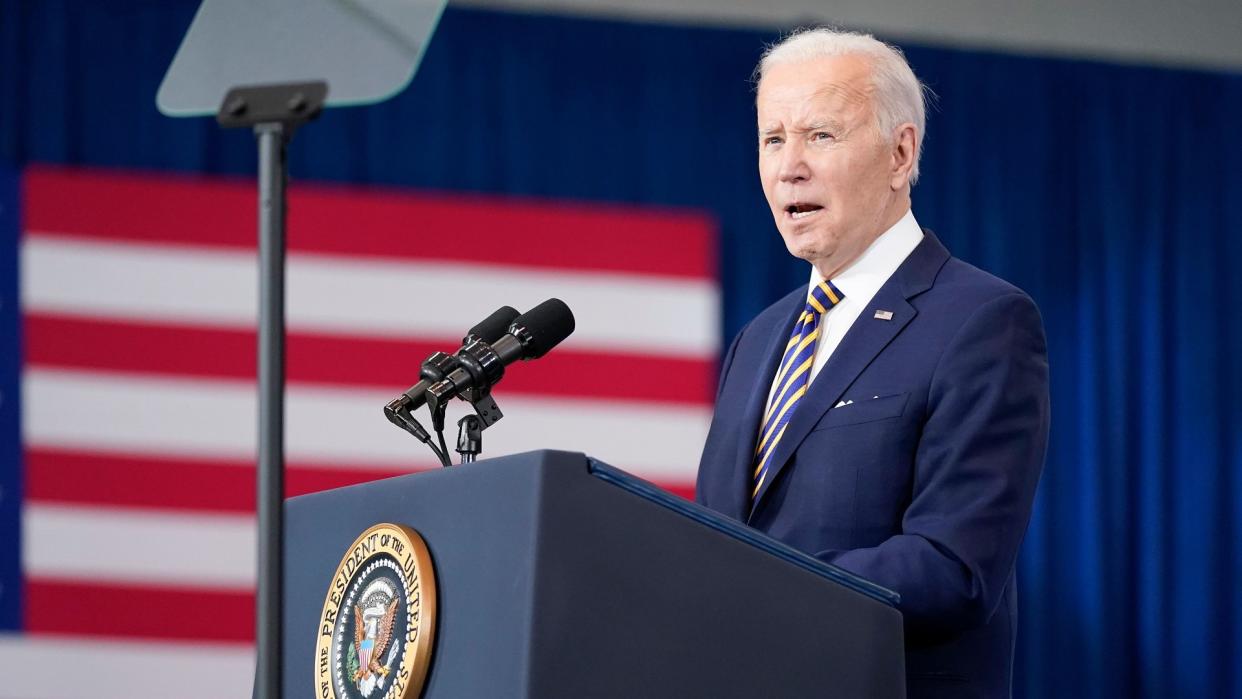
- Oops!Something went wrong.Please try again later.
- Oops!Something went wrong.Please try again later.
- Oops!Something went wrong.Please try again later.
- Oops!Something went wrong.Please try again later.
Public assistance, commonly called welfare, and the SNAP program, formerly known as food stamps, are two lifelines that millions of American households depend on to stave off hunger and make ends meet. The programs have existed in one form or another for the better part of a century, tracing their roots to the New Deal and the Great Depression when poverty and food insecurity were part of daily life for much of the country.
Powerball Jackpot: Best and Worst States for Winners
Advice: 5 Things You Must Do When Your Savings Reach $50,000
Fast-forward to 2022 and the need for the programs sadly hasn't changed -- but the programs themselves certainly have. Here's how food stamps and welfare have evolved under each president since they first gave a helping hand to the most vulnerable Americans.
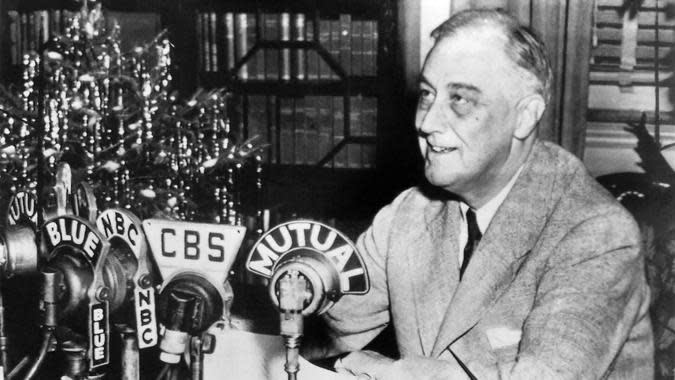
Franklin D. Roosevelt (1933-45)
What happened to welfare
FDR created the country's first welfare program when he signed the Social Security Act into law in 1935. The act not only provided financial relief to retired workers, but to their surviving spouses and dependents, as well.
What happened to food stamps
On May 16, 1939, Mabel McFiggin of Rochester, New York, became the first person in America to receive food stamps. The program, which was created that year, gave people on "relief" 50 cents worth of blue stamps for every dollar worth of orange stamps they purchased. Recipients could use the orange stamps to buy any food. The blue stamps could be redeemed only for food the government determined to be surplus.
Take Our Poll: How Long Do You Think It Will Take You To Pay Off Your Credit Card Debt?
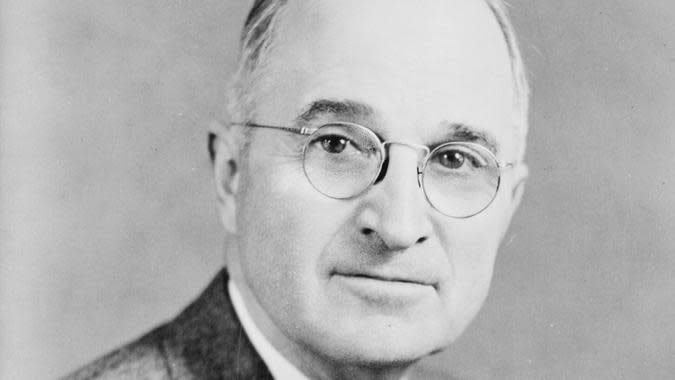
Harry S. Truman (1945-53)
What happened to welfare
Just as his predecessor had the New Deal, President Harry S. Truman had the Fair Deal -- but Truman didn't enjoy nearly as much success in implementing his plan as FDR did with his. Congress never passed most of Truman's proposals, which included a permanent Fair Employment Practices Act, expanded Social Security and new public housing and wages legislation.
What happened to food stamps
In 1946, Truman signed the National School Lunch Program into law. The program provided no-cost or low-cost meals to children during every school day.
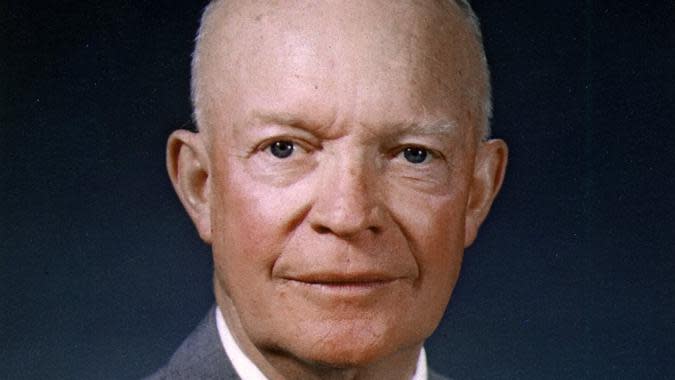
Dwight D. Eisenhower (1953-61)
What happened to welfare
President Eisenhower expanded Social Security benefits to include new groups and occupations that had previously been excluded from the rolls. He also reorganized the massive bureaucracy charged with administering the program by folding the Federal Security Agency into the Department of Health, Education and Welfare.
What happened to food stamps
Although PL 86-341 authorized the Secretary of Agriculture to operate the Food Stamps Program from 1959 through the end of January 1962, Eisenhower never used the authority that the public law granted him.
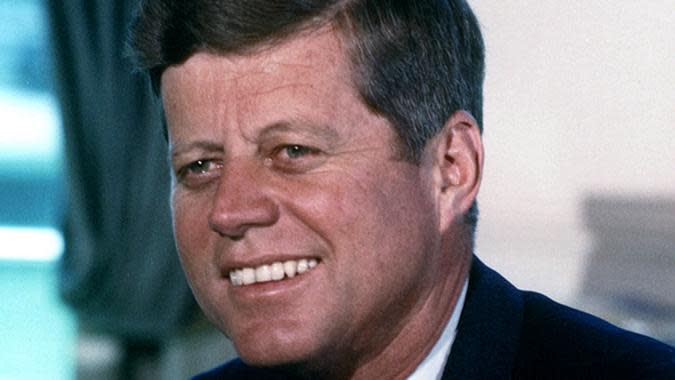
John F. Kennedy (1961-63)
What happened to welfare
Like his predecessor, JFK also expanded Social Security. Perhaps more importantly, the Public Welfare Amendments of 1962 were enacted under his administration. The legislation changed how the federal government shared the cost of rehabilitative services to welfare recipients, applicants and people who were likely to apply for public assistance.
What happened to food stamps
Kennedy's very first executive order expanded food distribution in the United States. In 1961, he launched the Food Stamps pilot program, which overhauled the entire system. Under the new framework, recipients were still required to purchase stamps, but there would no longer be special stamps that were good only for surplus food.
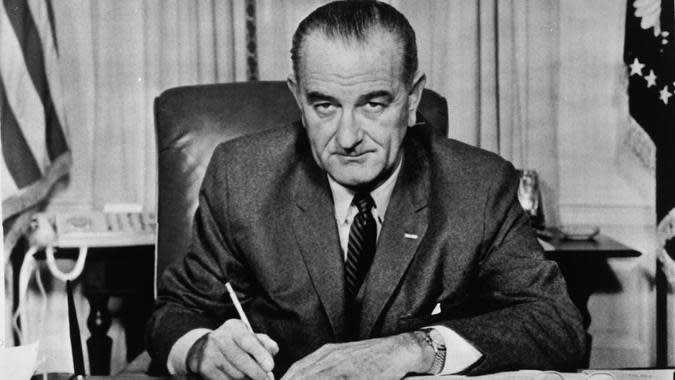
Lyndon B. Johnson (1963-69)
What happened to welfare
In August 1964, President Johnson signed the Economic Opportunity Act, a package of legislation that created a variety of social programs to improve education, employment, healthcare and the general welfare of the poorest Americans.
LBJ's signing of the Social Security Amendments of 1965 -- better known as the Medicare and Medicaid Act -- signaled the biggest expansion of America's social welfare program since FDR signed the Social Security Act in 1935.
What happened to food stamps
1964 was a pivotal year for America's supplemental nutrition program. When Johnson signed the Food Stamp Act of 1964, the legislation was the jewel in the crown of his War on Poverty initiative. The act also made the Food Stamp Program permanent.
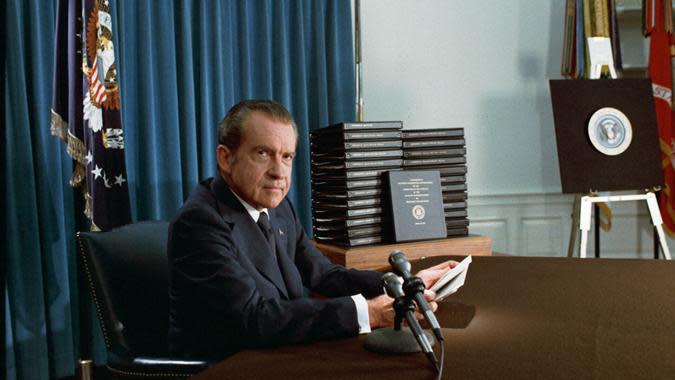
Richard Nixon (1969-74)
What happened to welfare
President Nixon's Family Assistance Plan would have established an early version of what's now called basic income, but Congress dropped the program during the reconciliation process. Nixon did, however, succeed in creating the Supplemental Security Income (SSI) program.
What happened to food stamps
The Food Stamp Act Amendment of 1970 created uniform eligibility standards across the country and standardized allotments and requirements, as well. The act also expanded the program.
Find Out: What Happened to Social Security Under Each President
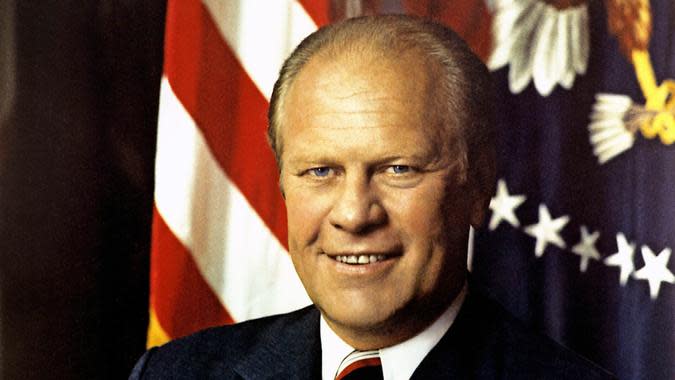
Gerald Ford (1974-77)
What happened to welfare
President Ford called for comprehensive welfare reform, even touching on it in his 1976 State of the Union address, but his plans did not result in any significant legislation.
What happened to food stamps
The Food Stamps Program went national on July 1, 1974 thanks to PL 93-86, although it wasn't fully implemented in Puerto Rico until November of that year.
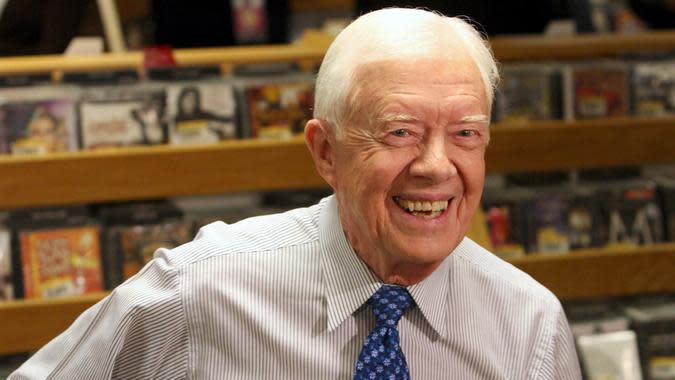
Jimmy Carter (1977-81)
What happened to welfare
President Carter had big plans to reform public assistance in America, but none of his proposals made it through Congress. The one exception was the Humphrey-Hawkins Act, but that legislation was mostly designed to curb inflation, which was the dominant story of the Carter years.
What happened to food stamps
Prior to 1977, people on public assistance had to pay for discounted food stamps, but that all changed when Carter signed the Food and Agriculture Act of 1977. The legislation made food stamps an entitlement, not a reduced-price purchase, and also expanded the program to new recipients.
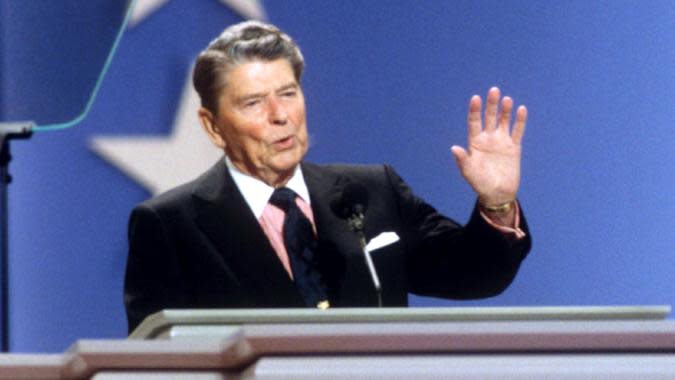
Ronald Reagan (1981-89)
What happened to welfare
The election of Ronald Reagan signaled the start of a new economic era defined by trickle-down economics, deregulation and massive tax cuts that favored businesses and the wealthy. Those tax cuts came largely at the expense of the social safety net. Budgets for nearly all major public assistance programs were slashed or eliminated during the Reagan years.
What happened to food stamps
President Reagan and Congress spent the early 1980s cutting funding for the Food Stamp Program so dramatically that hunger and malnutrition were widespread among low-income families in the second half of the decade. It also became harder to qualify for public assistance, and the Food Stamp Act of 1985 required all states to implement job search and training as part of their nutrition-assistance programs by 1987.

George H.W. Bush (1989-93)
What happened to welfare
The theme of President Bush's only term was "no new taxes." As a result, he proposed very little in the way of social services legislation.
What happened to food stamps
Food stamps as they had existed since the start of the program in the 1930s changed forever with the Mickey Leland Memorial Domestic Hunger Relief Act of 1990. The legislation eliminated the paper stamps that had defined the program for generations in favor of electronic benefits transfer (EBT) cards, which were introduced to help reduce fraud.
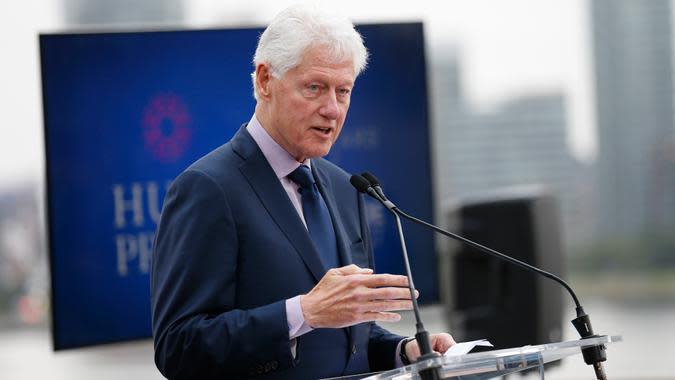
Bill Clinton (1993-2001)
What happened to welfare
President Clinton oversaw the largest overhaul of the welfare system in a generation with the Personal Responsibility and Work Opportunity Reconciliation Act -- known colloquially as the "Welfare to Work" bill. The legislation ended welfare as an entitlement program, tied benefits to employment, capped the time that people could receive welfare over their lifetimes and reduced the federal government's role while turning a great deal of control of the program back over to the states.
What happened to food stamps
The Clinton years also brought dramatic changes to the Food Stamps Program, including new disqualification provisions, new limits on how long beneficiaries could receive food stamps and reductions in the maximum allotment. It also made most legal immigrants ineligible for the program.

George W. Bush (2001-09)
What happened to welfare
With the exception of Medicare Part D, which created the program's first prescription drug benefit, most of President Bush's welfare-reform proposals never became legislation.
What happened to food stamps
Legal immigrants and qualified "aliens" were welcomed back onto the Food Stamps rolls with the 2002 Farm Security and Rural Investment Act. The act also shifted funding allocations, adjusted standard deductions and streamlined the program's bureaucracy. The 2008 Farm Bill ended the Food Stamp Program that had existed for 70 years -- at least in name. It was rebranded as the Supplemental Nutrition Assistance Program (SNAP).
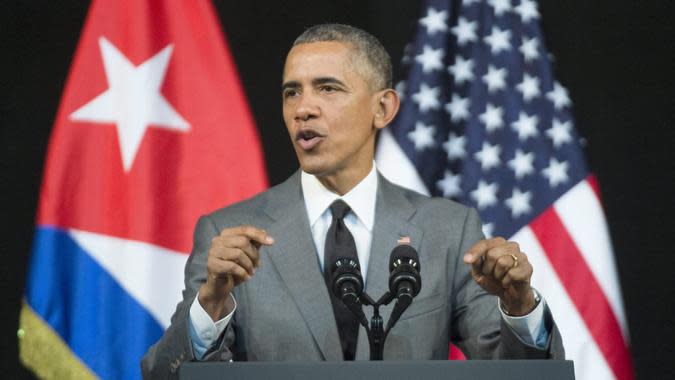
Barack Obama (2009-17)
What happened to welfare
President Obama allowed the states to opt out of the work requirements that were tied to the Temporary Assistance for Needy Families (TANF) program. In 2017, however, the Department of Health and Human Services eliminated that option.
What happened to food stamps
In the wake of the Great Recession, the American Recovery and Reinvestment Act of 2009 authorized an increase in SNAP benefits. Then, the Healthy, Hunger-Free Kids Act of 2010 changed the financial structure of the program, reauthorized school nutrition programs, and changed the focus of SNAP-Ed to emphasize programming that focused on obesity prevention and the promotion of physical activity as part of nutrition education.
The 2014 Farm Bill included many retailer-related and certification changes to the program.
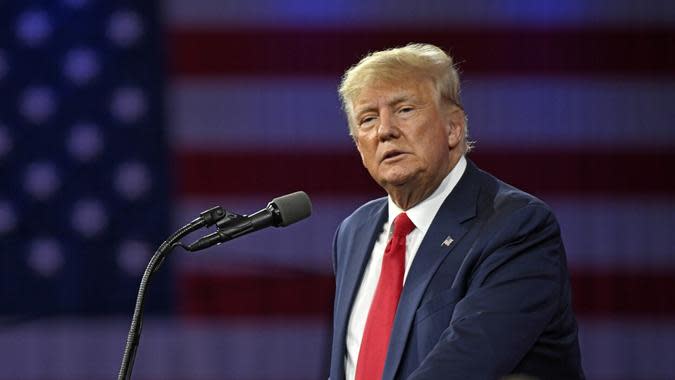
Donald Trump (2017-21)
What happened to welfare
The Trump administration proposed changes that would have significantly cut budgets and reduced the rolls of many public assistance programs. Most, however, never went through, mainly because of legal challenges.
What happened to food stamps
The 2020 Families First Coronavirus Response Act increased SNAP benefits by 40% through emergency allotments in response to the COVID-19 pandemic.
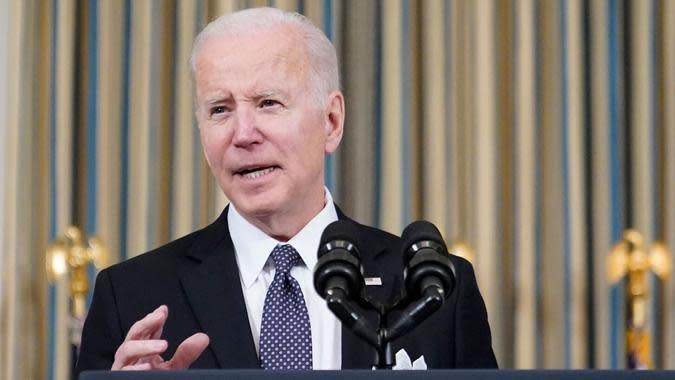
Joe Biden (2021-Present)
What happened to welfare
President Biden's American Families Plan would have added more than four years of free education -- including universal pre-K and community college -- while providing direct support to children and families. It also would have extended tax cuts for families and workers, but many of the president's proposals died in Congress.
What happened to food stamps
In August 2021, the USDA reevaluated the Thrifty Food Plan and recalculated the allotment of SNAP benefits. The result was a cost adjustment that increased payments for the average recipient.
More From GOBankingRates
This article originally appeared on GOBankingRates.com: What Happened to Welfare and Food Stamps Under Each President

